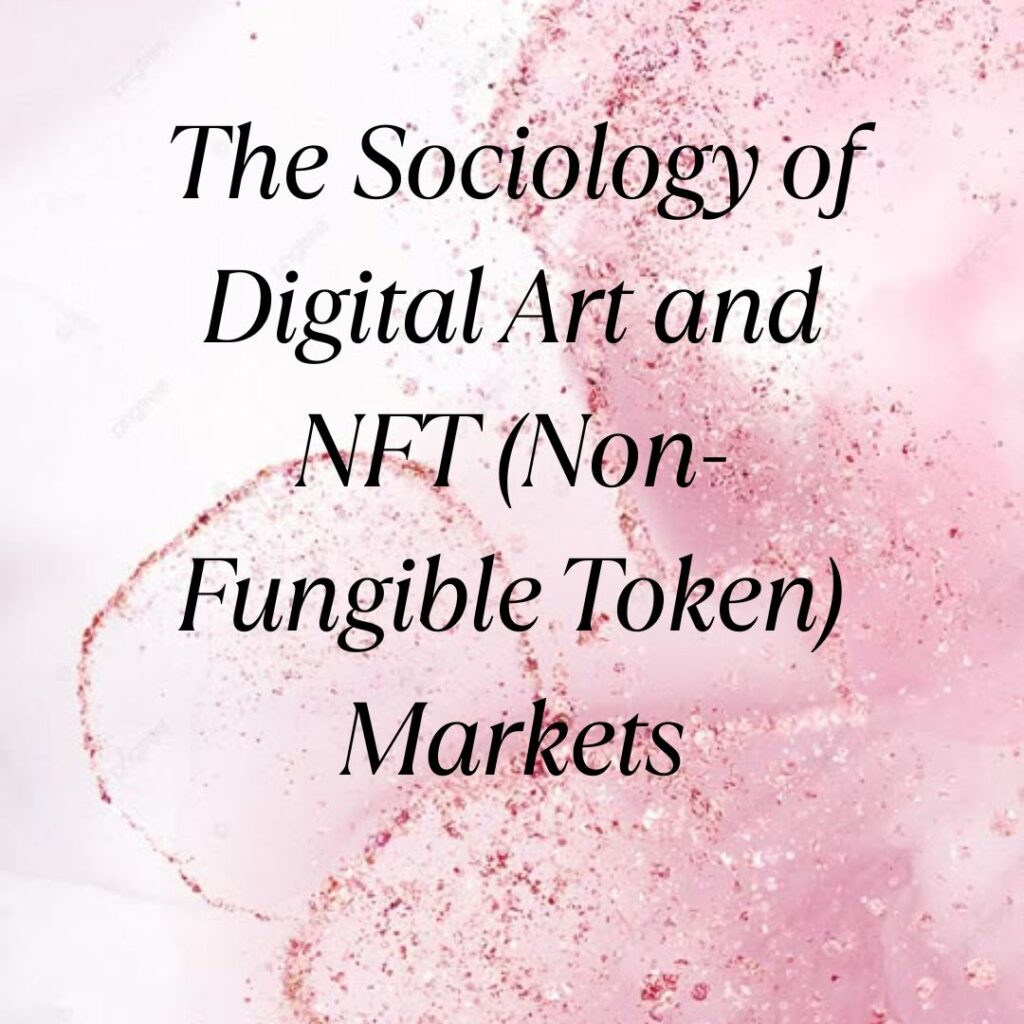In recent years, the intersection of art, technology, and economics has witnessed a revolutionary shift with the rise of Non-Fungible Tokens (NFTs) in the digital art market. This phenomenon has not only transformed how we perceive and consume art but has also sparked a multitude of sociological discussions on ownership, value creation, and the democratization of creativity.
Understanding NFTs: Beyond the Digital Hype
Non-Fungible Tokens, or NFTs, represent a unique form of digital asset verified using blockchain technology, typically Ethereum. Unlike cryptocurrencies such as Bitcoin, each NFT is distinct and irreplaceable, making it ideal for representing ownership of digital content like art, music, videos, and even virtual real estate.
The Digital Art Renaissance: Accessibility and Expression
One of the most significant impacts of NFTs has been on the accessibility and expression within the art community. Traditionally, barriers such as gallery representation, geographical limitations, and financial constraints hindered artists from reaching global audiences. With NFTs, artists can directly tokenize their work, bypassing intermediaries and gaining exposure to a global marketplace of collectors and enthusiasts.
For instance, artists like Beeple (Mike Winkelmann) gained international fame after selling a digital collage for over $69 million through Christie’s auction house, marking a watershed moment in the art world’s acceptance of digital creations.
Sociological Implications: Redefining Ownership and Value
The sociology of NFTs delves into how digital ownership is perceived and valued in contemporary society. Ownership of physical art has long been associated with cultural capital and social status. However, NFTs challenge these norms by democratizing ownership and redefining what constitutes valuable art.
Critics argue that NFTs exacerbate existing inequalities by favoring artists who are already digitally savvy or have access to blockchain technology. Conversely, proponents argue that NFTs empower artists by providing them with new revenue streams and allowing for greater autonomy in the monetization of their work.
Community and Identity: Building Virtual Tribes
Beyond economics, NFT communities have fostered new forms of social interaction and identity formation. Discord servers, Twitter spaces, and virtual galleries serve as digital hubs where collectors, artists, and enthusiasts converge to discuss, promote, and critique NFT art.
These virtual tribes transcend geographical boundaries, connecting individuals with shared interests and values. This phenomenon mirrors broader societal trends towards digital communities and the blurring of distinctions between online and offline identities.
Environmental Concerns and Sustainability
The environmental impact of NFTs has also been a subject of intense debate within the sociological discourse. Blockchain technology, which underpins NFT transactions, consumes significant amounts of energy, leading to concerns about carbon footprints and sustainability. Critics argue that the energy-intensive nature of blockchain undermines the environmental credentials of digital art.
In response, initiatives like ‘green NFTs’ and platforms exploring alternative consensus mechanisms are emerging to address these concerns and promote more sustainable practices within the NFT ecosystem.
Conclusion: The Future of Digital Art and NFTs
The sociology of digital art and NFT markets underscores a transformative moment in cultural production and consumption. As technology continues to evolve, so too will the sociological implications of NFTs on creativity, ownership, and community.
While challenges such as environmental sustainability and equitable access persist, the promise of democratized creativity and decentralized ownership remains a compelling narrative in the digital age. Understanding the sociology of NFTs requires examining not only economic trends but also cultural shifts and societal values shaping the future of art and technology.
In conclusion, the emergence of NFTs represents more than just a technological innovation; it represents a cultural renaissance where digital art transcends boundaries and challenges conventions, inviting us to rethink the nature of art, ownership, and community in the twenty-first century.
This article aims to provide a comprehensive overview of the sociology of digital art and NFT markets, exploring its impact on society, its cultural implications, and its relevance in contemporary times. As the landscape continues to evolve, so too will our understanding of how NFTs shape the intersection of creativity, economics, and societal values.







